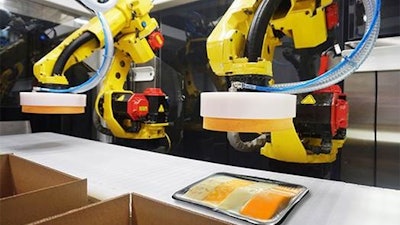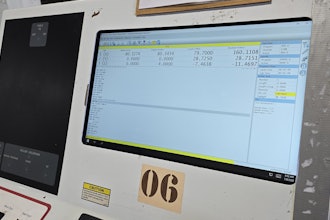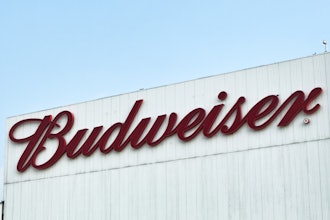
The heavy washdowns and harsh chemical solutions used to clean robots in FDA and USDA sanitary environments can impact the robot finish, as well as leave condensation on robotic machinery that could potentially reach food products.
Robotic systems used for the direct and indirect handling of foods are designed to meet heavy wash-down criteria, where cleanliness and sanitation are a critical factor. Heavy wash-down robotics are used where it is anticipated that foods will come in direct contact with the robot in the normal process of product movement. The robot should be designed to endure heavy exposure to water applied with a high-pressure, high-volume hose, along with cleaning agents, on a daily basis.
The design of the robot should also be completely free of crevices, ledges and dead spots, so that liquid – either in slurry, condensation or during washdown – is completely drainable with no areas where liquid can settle. Surfaces should be designed to be convex, rounded or inclined to 45 degrees to actively promote the flow rate of product spillage and cleaning solutions. All tubing closed-welded, and bolts, studs, mounting plates, brackets, junction boxes, name plates, end caps, sleeves and other such items are required to be continuously welded to the surface.
Robotics used in food ingredient manufacturing must conform to FDA and National Sanitation Foundation International (NSF) standards, as well as those specified by A-3 Sanitary Standards, Inc. Each has a slightly different approach to the task of making equipment safe for food production. More recently, also influencing the design of robotics used in food handling is the European Hygienic Engineering & Design Group (EHEDG), which prepares scientific and technical guidelines on all aspects of hygienic design requirements for equipment used in food sectors.
With a focus on improving product safety, process efficacy and production efficiencies, the latest guidelines from EHEDG recommend that robotics used in the processing of food be designed to hygienic standards exceeding conventional 3-A Sanitary Standards, essentially to better ensure the microbiological safety of the end product. Robotics manufacturers in the United States have been increasingly looking to EHEDG for guidance in manufacturing equipment that more completely meets these escalating hygienic requirements.
EHEDG hygienic design recommendations for robotics systems look to more completely assure cleanability and the elimination of hollow body components that may provide micro-niches for microbial proliferation. This extends to each part, module and unit that makes up the robotic processing equipment. The physical design of enclosures and surroundings must also be considered as an integral part of the overall hygienic system of the robot. This is because they influence and affect the efficiency and effectiveness of the design, installation, operation and maintenance of hygienic robotic processes.
Validation procedures and hygienic risk assessments therefore include consideration of such matters as cleanability of surfaces, air systems and drains, flow of people and materials and products, and ease of robot access and maintenance.
No Watering it Down
Machinery, including robotics, typically does not appreciate high-pressure spray, heat and harsh chemicals. Designers, as a result, must take added measures to make sure every component on the system can withstand whatever the cleaning process might entail.
Robotic systems rely on chemical treatments like chlorine washes and ethylene gas, with water, for washdown. If not mixed in appropriate proportions, cleaning agents can be either too strong or too weak, and can degrade the level of sanitation or damage the robotic system.
Heavy washdown and harsh chemical solutions used to clean robots in FDA and USDA sanitary environments for food processing can impact the robot finish, as well as leave condensation on robotic machinery that could potentially reach food products being handled.
Two solutions have been developed to successfully overcome these challenges – Qleen Coat robotic coating, and Qleen Armor specialized robotic drip management, both developed by Quest Industrial. Both solutions were developed to enable robotic automation for the rigorous environments in the cheese and dairy industry.
As food safety standards become more stringent for the manufacturing of food products so has the necessity for more hygienic processing systems. Design decisions impact more than just cleanability. They also determine how long it takes to clean a piece of equipment. The goal is to minimize sanitation cycle time without compromising effectiveness. When machines are down for cleaning, they are not producing products or a return on investment.






















